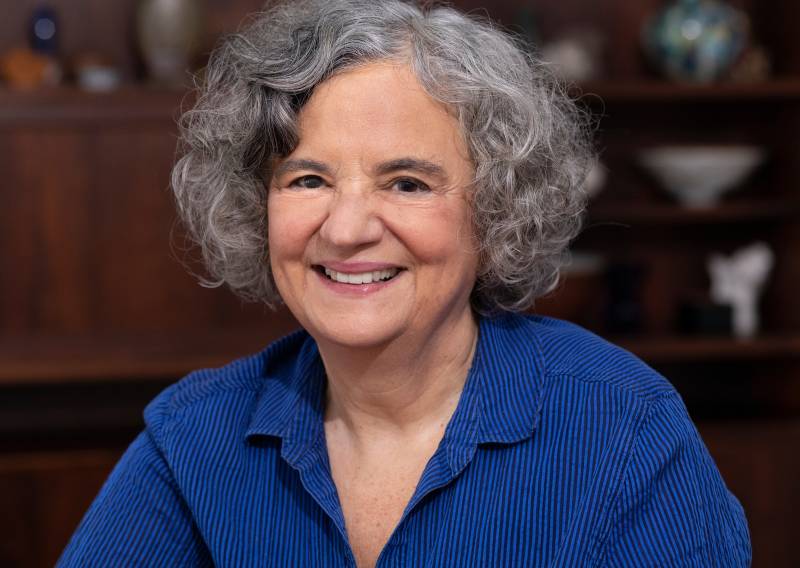The meaning of “personalized learning” is rooted in research and practice, which lead to the following conclusions: Children have an innate drive to learn, and how they learn best varies from child to child. other. Children are not passive, empty vessels waiting to be filled with facts, but rather active and naturally curious explorers.
Two concepts related to the progressive version of personalized learning particularly intrigue me. One is to “build knowledge” and the other is to “create meaning”. The phrase ‘building knowledge’ evokes a view of children being active participants in learning and that what they have learned serves as a foundation on which to build their understanding of new information they encounter. Meanwhile, the term “making sense” describes the human drive to understand, make sense of, and relate to everything they encounter. In education, making sense suggests that real, usable learning occurs when children grasp a concept so deeply that they can actively apply what they learn in one context to challenges that arise in another context.
If you want to experience children constructing knowledge and making meaning, you might want to spend time with young, newly verbal children as they learn about the world. They often tell of thought processes that older children have learned to hold inside. When my daughter was very small, for example, she encountered a black olive for the very first time. After studying it for a while, she looked up and announced, “It’s not a grape!” She had encountered something new (the olive) and, on her own, felt compelled to figure out what it was. She searched through her some twenty-two months of life experience for clues to make sense of it until she found one. While she didn’t know what it was (an olive), she at least knew what it wasn’t (a grape)!
My understanding of personalized learning also comes from teaching in a game-based preschool. And my daughter’s experience attending a game-based preschool reinforced my belief in its value. In each case, children had access to materials such as books, art supplies, blocks, sand, water, clothing, and special projects that they could, for the most part, explore at their own pace, according to their interests. The children’s involvement with the material was driven by their interests and inclinations, but the teachers were always available to participate, advise, supervise, step back, observe, or help the children reflect on their experience.
A 2019 report from the National Education Policy Center at the University of Colorado is a sweeping condemnation of the edtech version of personalized learning. He found “questionable educational assumptions embedded in influential curricula, self-interested tech industry advocacy, serious threats to student privacy, and a lack of research support.”
Thinking about the “questionable educational assumptions” embedded in Prodigy leads me directly to the popular phenomenon of gamification, or playful learning, which applies some of the most addictive features of video games to school subjects. These can include badges, tiers, digital prizes, contests, and variable rewards.
Gamified edtech products are a lucrative business these days. Globally, game-based learning is projected to bring in $29.7 billion in 2026, up from $11 billion in 2021. Proponents of gamification often explain that kids love video games and keep them interested for them for hours. It makes sense, the reasoning goes, to transfer gaming features that keep kids glued to screens to classroom teaching and learning. And, since these products are games and games evoke play, it also makes marketing sense to tie these products to solid evidence that play is the foundation for intellectual exploration and essential enrichment skills. of life such as problem solving, reasoning, literacy, social skills, creativity and self-regulation.
One obvious difference is that when products rely heavily on external motivations like competition and virtual prizes, they teach children to reject the value of experience and they promote the value of acquisition. In contrast, the kind of play that facilitates children’s learning, growth and development is its own reward. It is a deeply satisfying experience in itself. Play-based learning opportunities help children understand that the world is an intriguing place and that exploring it and understanding things is both interesting and valuable in its own right.
It’s understandable that when the pandemic forced schools around the world to rush to educate children remotely, decisions about edtech were made without much time to think about it. But, under normal circumstances, it’s in the best interests of children for all of us, including teachers, administrators, and school boards, to approach edtech offerings with healthy skepticism. And, like all materials used in schools, edtech programs, platforms, and devices must be free of any functionality that exploits children for profit.


